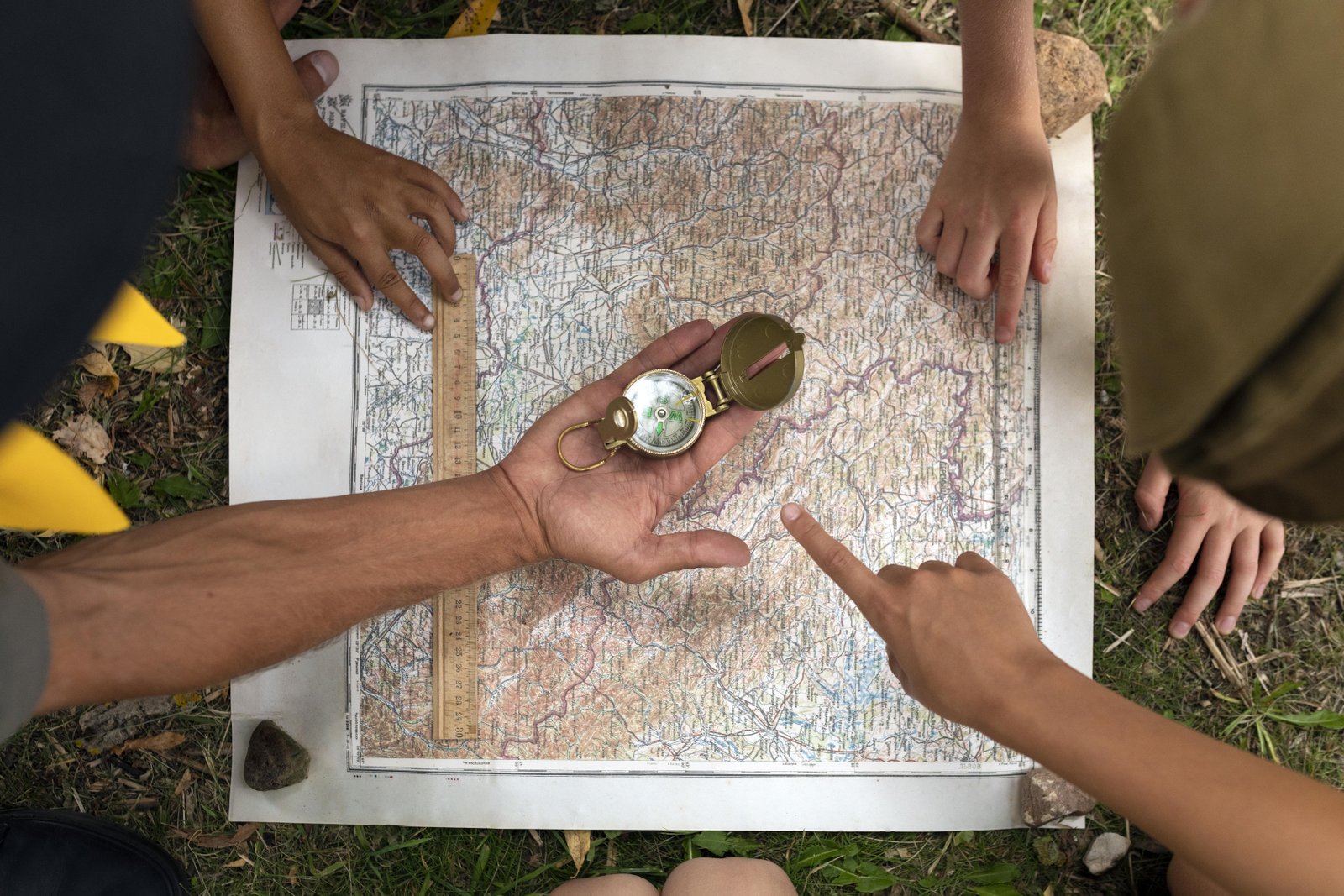No products in the cart.
Explore how indigenous navigation skills on Laos’ mountain trails preserve cultural wisdom, support survival, and guide modern eco-tourism.

Laos is a landlocked country defined by its rugged mountains and dense forests, where indigenous communities have lived for centuries. Long before maps, GPS, or compasses, villagers developed navigation skills to travel safely across mountain trails. These skills are not only practical but also deeply tied to cultural traditions, survival strategies, and respect for nature. In today’s world, indigenous navigation offers valuable insights for eco-tourism, conservation, and cultural heritage preservation.
Why Indigenous Navigation Skills Matter
Survival Knowledge: Enables safe travel through remote and challenging landscapes.
Cultural Identity: Reflects ancestral wisdom passed down generations.
Environmental Harmony: Relies on natural cues without disturbing ecosystems.
Tourism Potential: Attracts eco-tourists eager for authentic experiences.
Education: Teaches youth resilience and self-reliance.
Traditional Navigation Methods
Stars and Moonlight: Used for orientation during night journeys.
Tree Growth Patterns: Identifying directions based on moss and bark.
Animal Behavior: Reading bird calls or insect sounds to predict routes.
River Flow: Following watercourses to reach villages or fields.
Sacred Markers: Stones, carvings, or symbolic trees guiding travelers.
Benefits for Communities
Strengthens identity and cultural pride.
Provides safety for hunters, farmers, and traders.
Helps travelers avoid dangerous paths or wild animals.
Encourages eco-tourism by training guides with traditional methods.
Preserves stories and folklore tied to mountain routes.
Challenges
Decline in traditional knowledge due to modernization.
Younger generations relying on digital tools instead of oral teachings.
Risk of losing wisdom as elders pass away.
Lack of documentation of diverse ethnic navigation systems.
Example in Laos
In Houaphanh Province, Hmong guides still use traditional markers and natural cues to lead eco-tourists across mountain trails, blending cultural heritage with modern tourism.
Conclusion
Indigenous navigation skills are treasures of wisdom, connecting people with mountains, forests, and stars. Preserving them ensures that Laos maintains both cultural identity and survival knowledge.
About CITS Laos
CITS Laos collaborates with indigenous communities, eco-tourism groups, and cultural NGOs to highlight navigation skills. We create bilingual eco-platforms, run heritage campaigns, and design SEO strategies to showcase Lao survival traditions worldwide. By supporting indigenous navigation, CITS Laos ensures traditional wisdom remains relevant in the modern age.